Septoplasty is a surgery to correct the nasal septum.
Patients often come with two seemingly different goals: to correct the shape of their nose, making it more harmonious, and finally begin breathing more deeply. Rhinoplasty—a surgical correction of the nose's shape and size—is responsible for external beauty. Septoplasty, a surgery on the internal septum, is responsible for restoring proper breathing.
Modern otolaryngology and plastic surgery make it possible to combine these two goals into a single, comprehensive procedure—rhinoseptoplasty. This is a unique opportunity to address two problems in a single procedure, under a single anesthesia, and with a single recovery period. You receive not only an aesthetically pleasing result but also healthy, free breathing. High-quality rhinoplasty in Moscow at the K+31 clinic always cares not only for beauty but also for your health.
Septoplasty is a surgery to correct the deviated nasal septum. The doctors at the K+31 clinic are highly skilled in modern septoplasty techniques and are ready to assist and guide you throughout the entire procedure.

specialists

equipment

treatment
Consequences of a deviated nasal septum (the osteochondral plate that separates the nostrils and is covered with mucous membrane)

- Nasal stuffiness.
- Difficulty in nasal breathing (both moderate and complete absence).
- Dryness in the nasal cavity.
- Development of chronic diseases in the paranasal sinuses.
- Inflammatory diseases of the pharynx.
- Diseases of the larynx.
- Snoring and OSA.
- Changes in the shape of the external nose.
- Chronic diseases of the bronchopulmonary system.
Septoplasty surgery (surgical correction of the nasal septum) in our clinic allows us to correct the shape of the patient’s septum. Leave your phone number and our employee will contact you shortly.

- Physiological – are the most common cause of the development of the disease. This happens as a result of uneven growth and development of the various components of the nasal septum - bones and cartilage, of which there are 8 in total!
- Post-traumatic - occur as a result of mechanical damage and can be very diverse
- Compensatory - for example, as a result of the growth of polyps or other formations of the nasal cavity
Indications for aesthetic rhinoseptoplasty
Comprehensive rhinoplasty is recommended when external imperfections are combined with internal problems. Reasons to consult a surgeon and undergo aesthetic rhinoplasty and septoplasty simultaneously include:
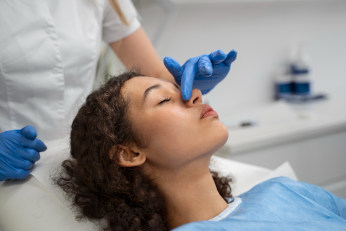
-
A past nasal injury that resulted in both visible deformity and internal damage.
-
Congenital or acquired anatomical features in which a deviated septum not only interferes with nasal breathing but also affects the external shape of the nose.
-
The patient's expressed desire to change the aesthetics of their nose (remove a hump, correct the tip), when diagnostic tests reveal associated breathing problems.
General information about the procedure
Possible complications
They usually arise due to neglect of rehabilitation rules. If all instructions from our clinic's physician are followed, complications are rare. Such complications after septoplasty include:
- Abscess or perforation of the septum
- Pain
- Nosebleeds or clots in the nose
- Persistent hematomas
Answers to popular questions
What is the difference between septoplasty and rhinoplasty?
The first procedure is to correct the septum to make breathing easier. Rhinoplasty is the correction of the external shape of the nose.
How to remove crusts from the nose after surgery?
You don’t need to remove them yourself. During the examination, the doctor will carefully remove them using special tools.
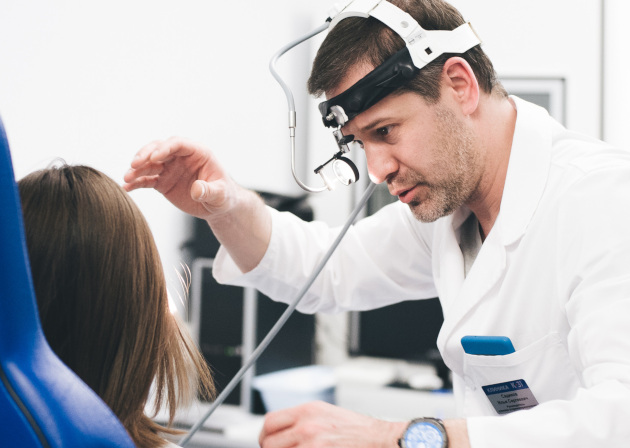
How is an appointment with an otolaryngologist at K+31?

This award is given to clinics with the highest ratings according to user ratings, a large number of requests from this site, and in the absence of critical violations.

This award is given to clinics with the highest ratings according to user ratings. It means that the place is known, loved, and definitely worth visiting.

The ProDoctors portal collected 500 thousand reviews, compiled a rating of doctors based on them and awarded the best. We are proud that our doctors are among those awarded.
Make an appointment at a convenient time on the nearest date
Price
Other services


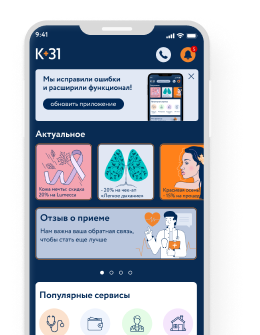




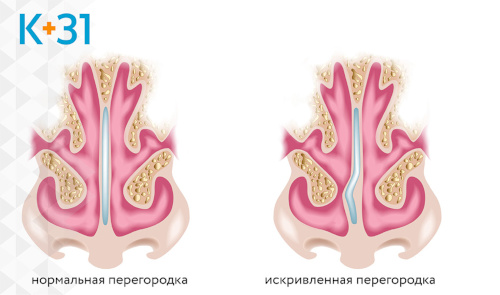
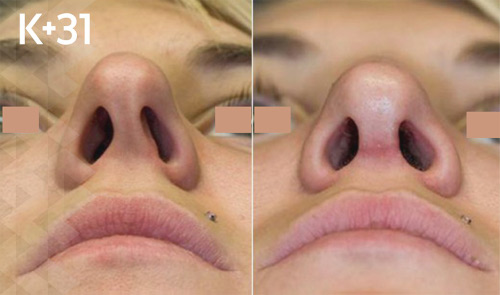
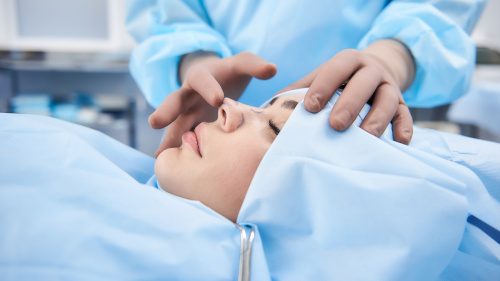

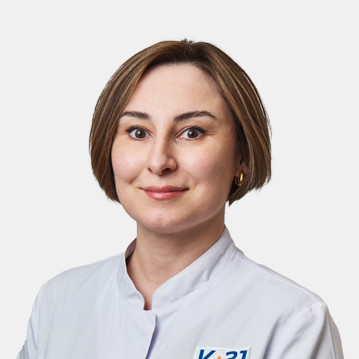
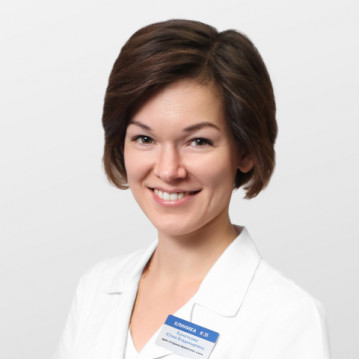

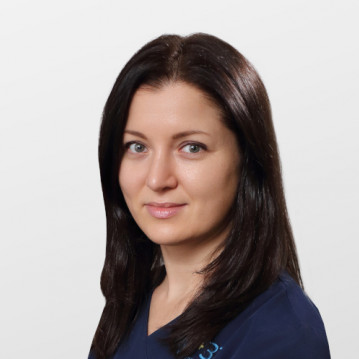
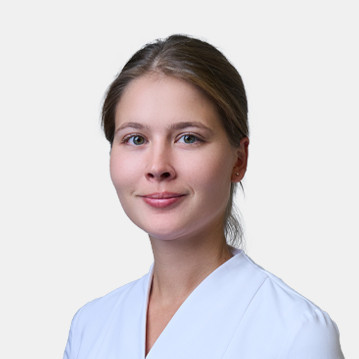

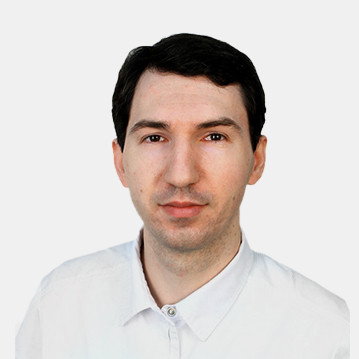
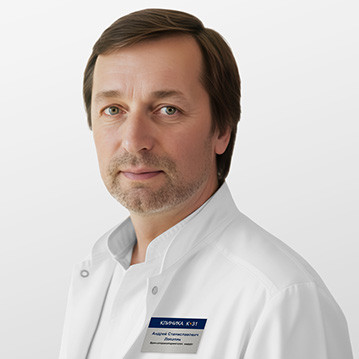
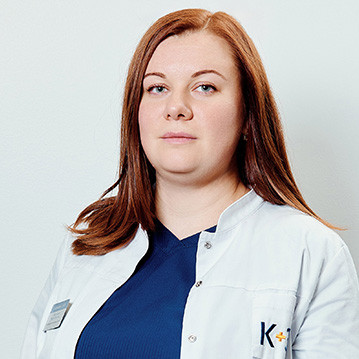
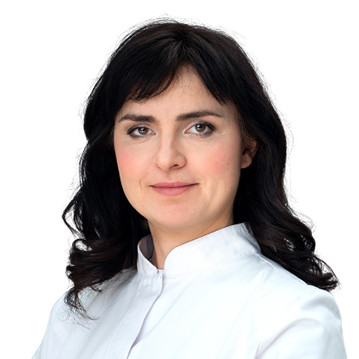
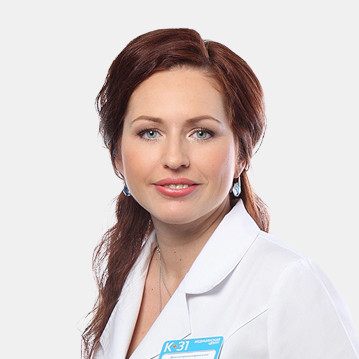
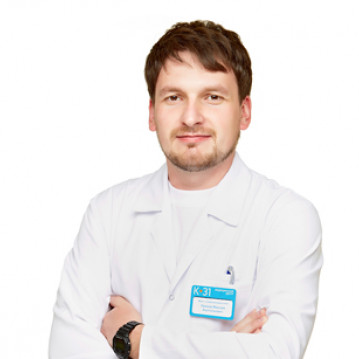
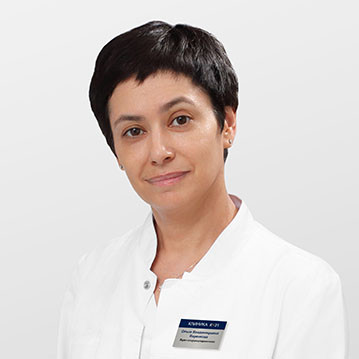
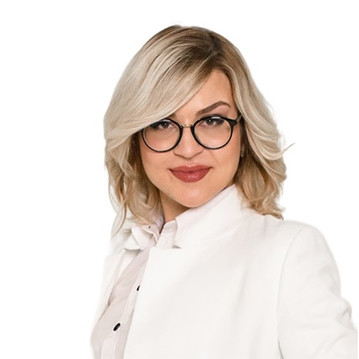
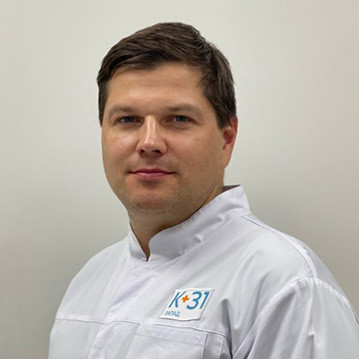
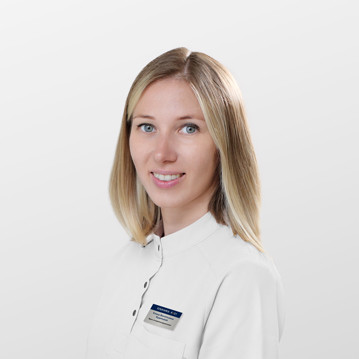
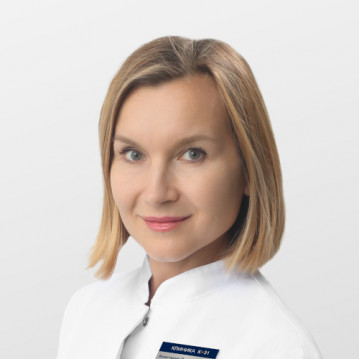
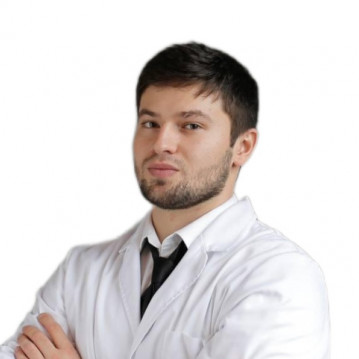

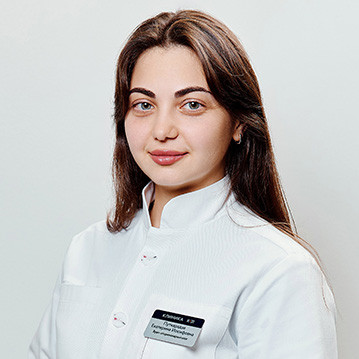

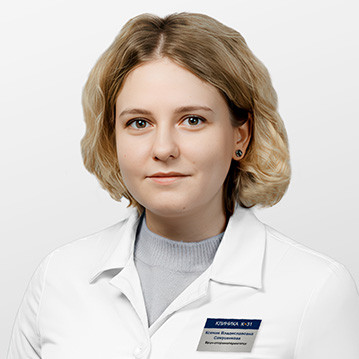
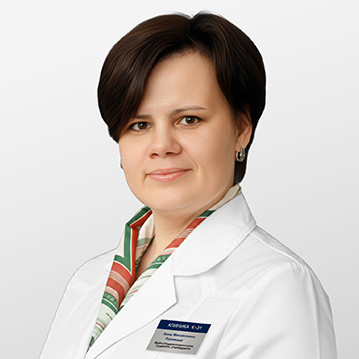





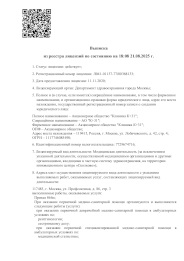
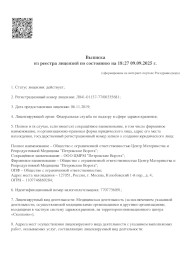
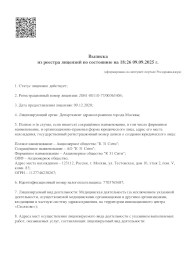
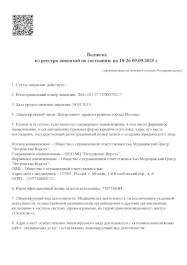
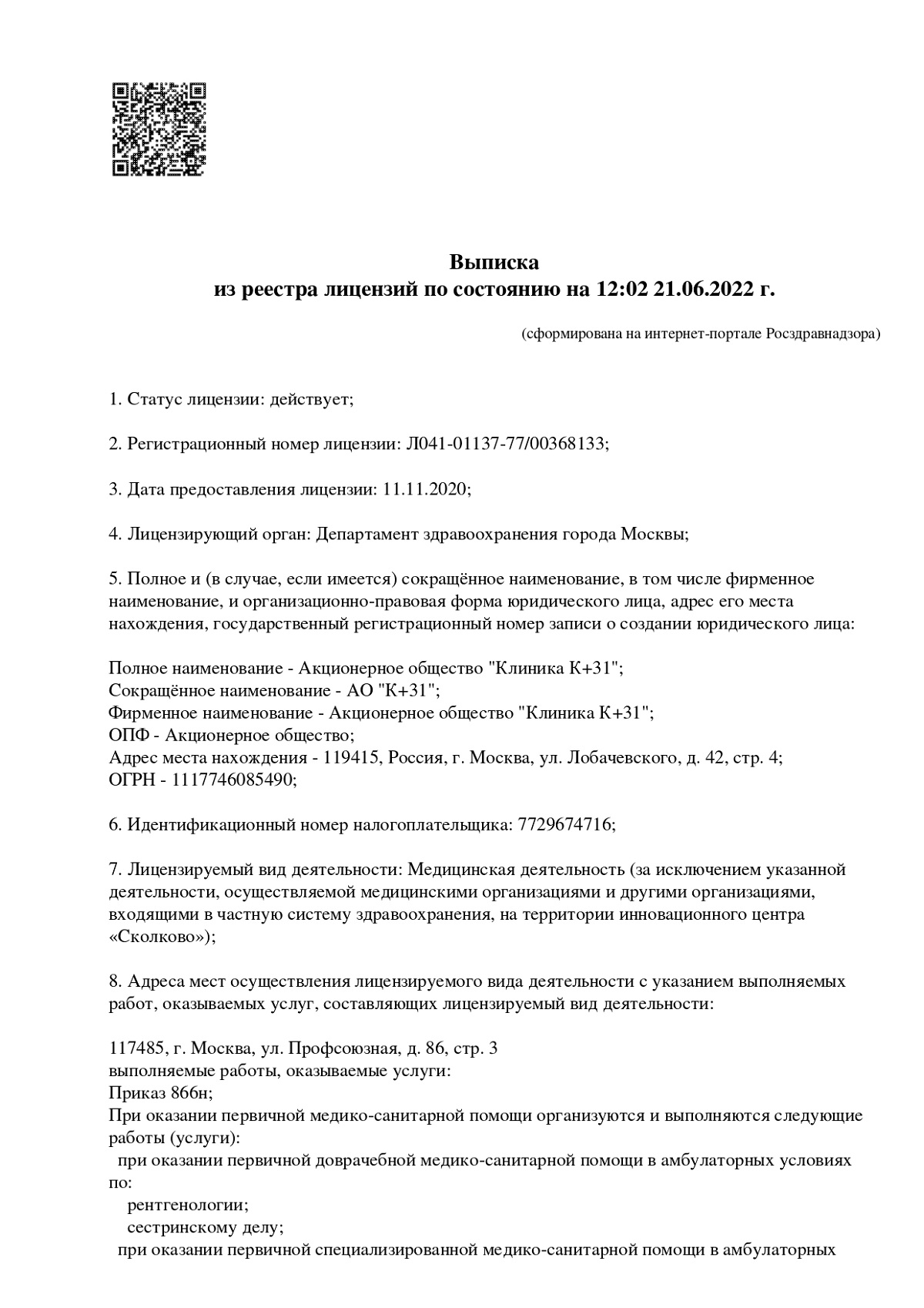
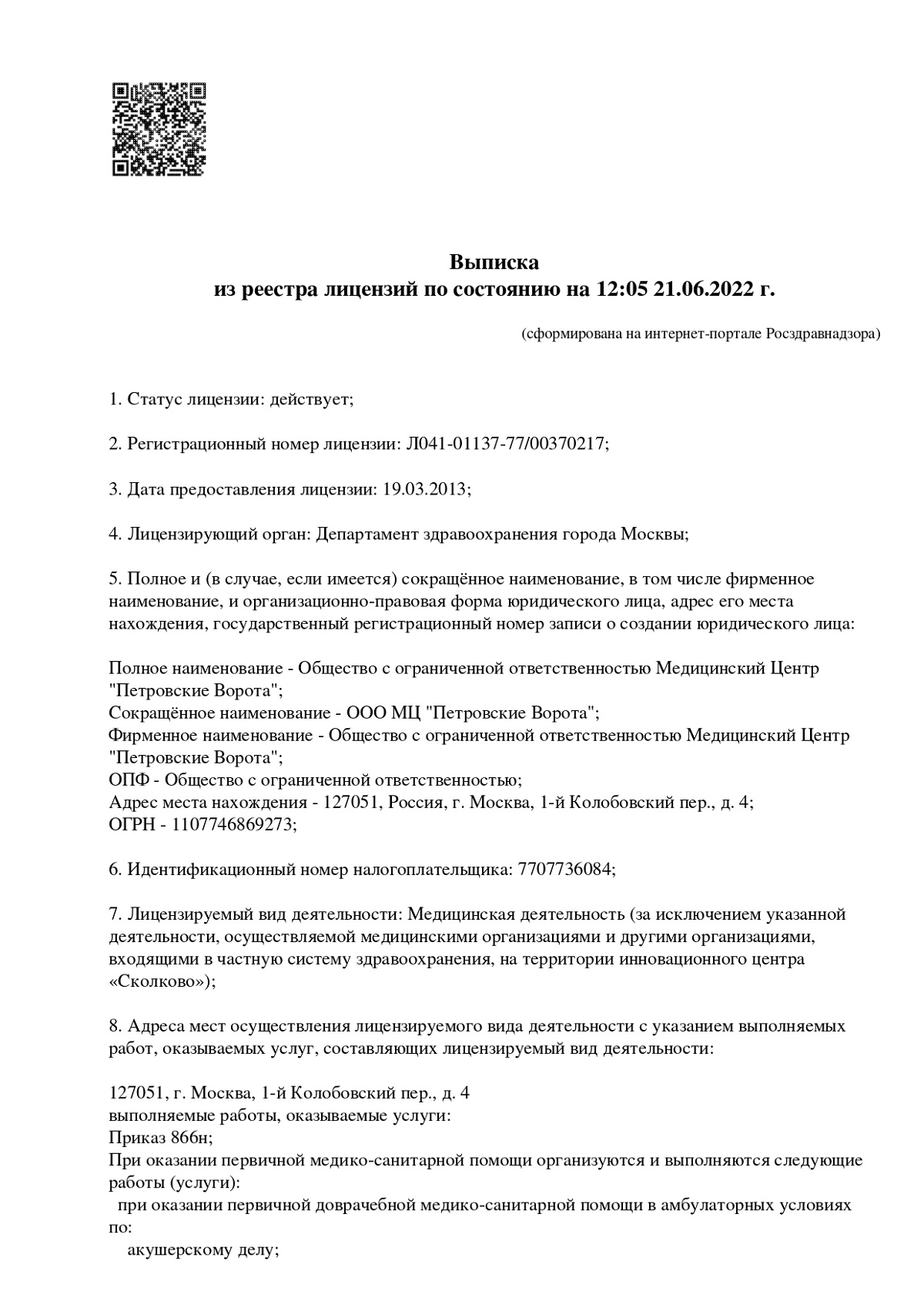
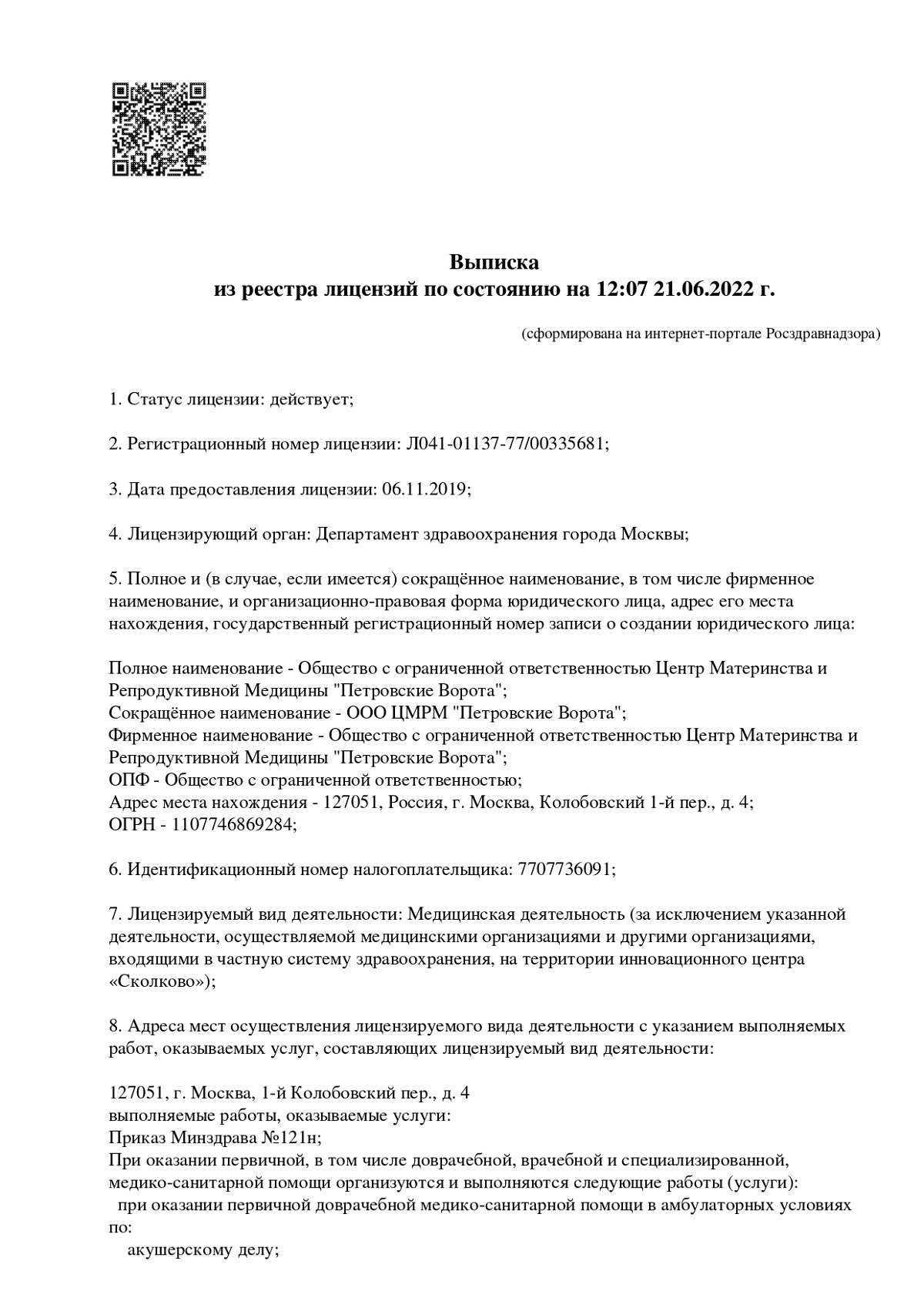
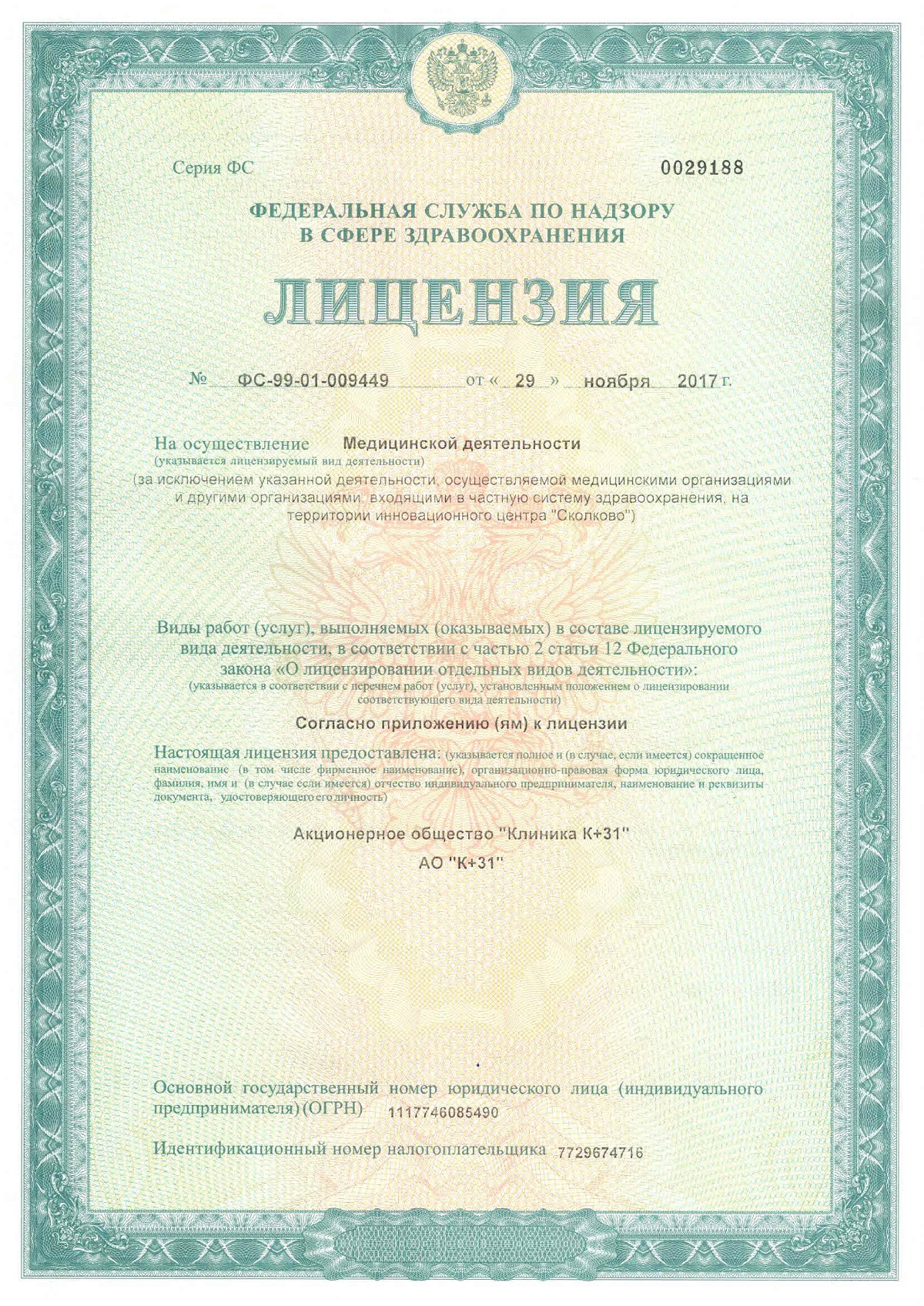
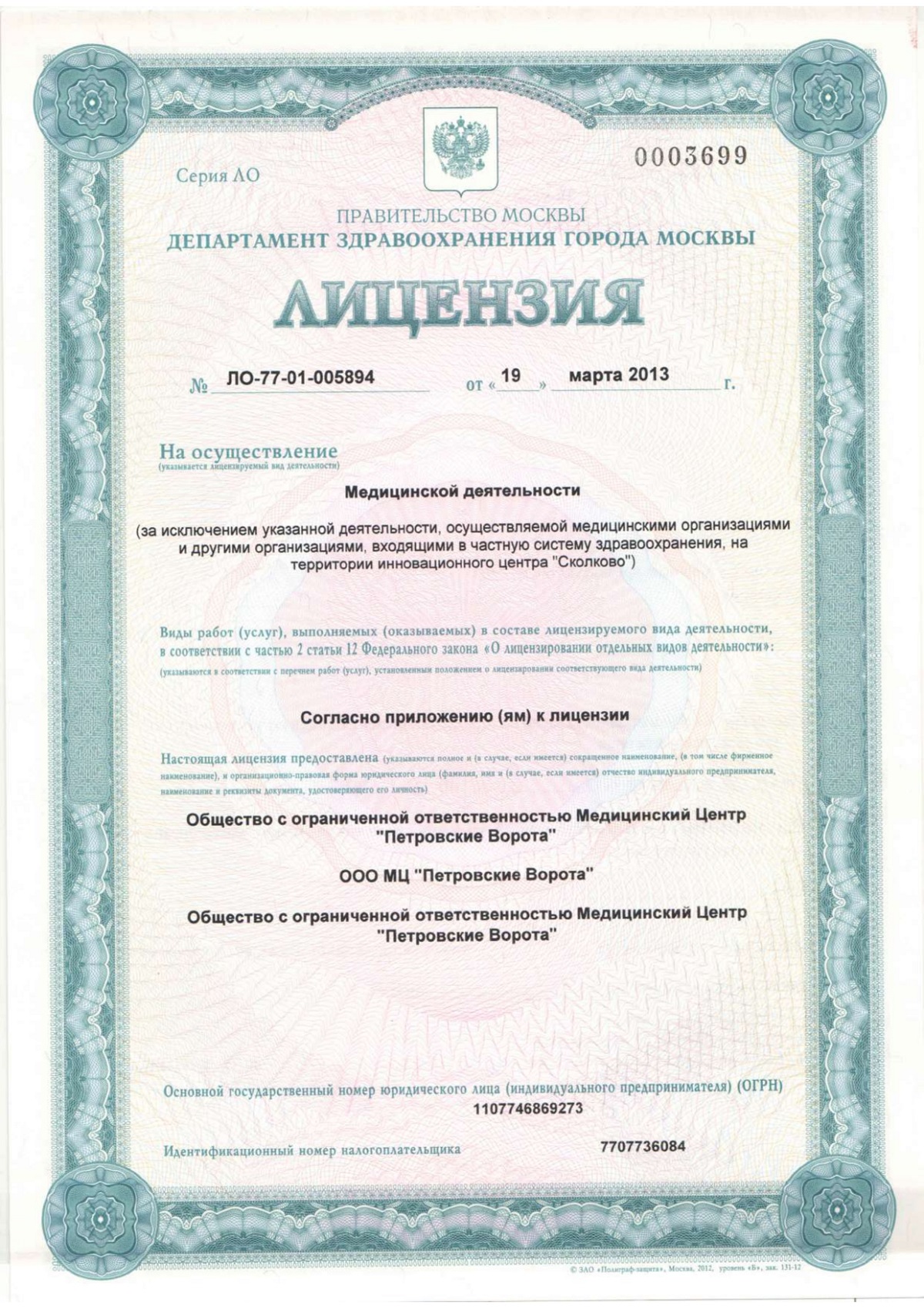
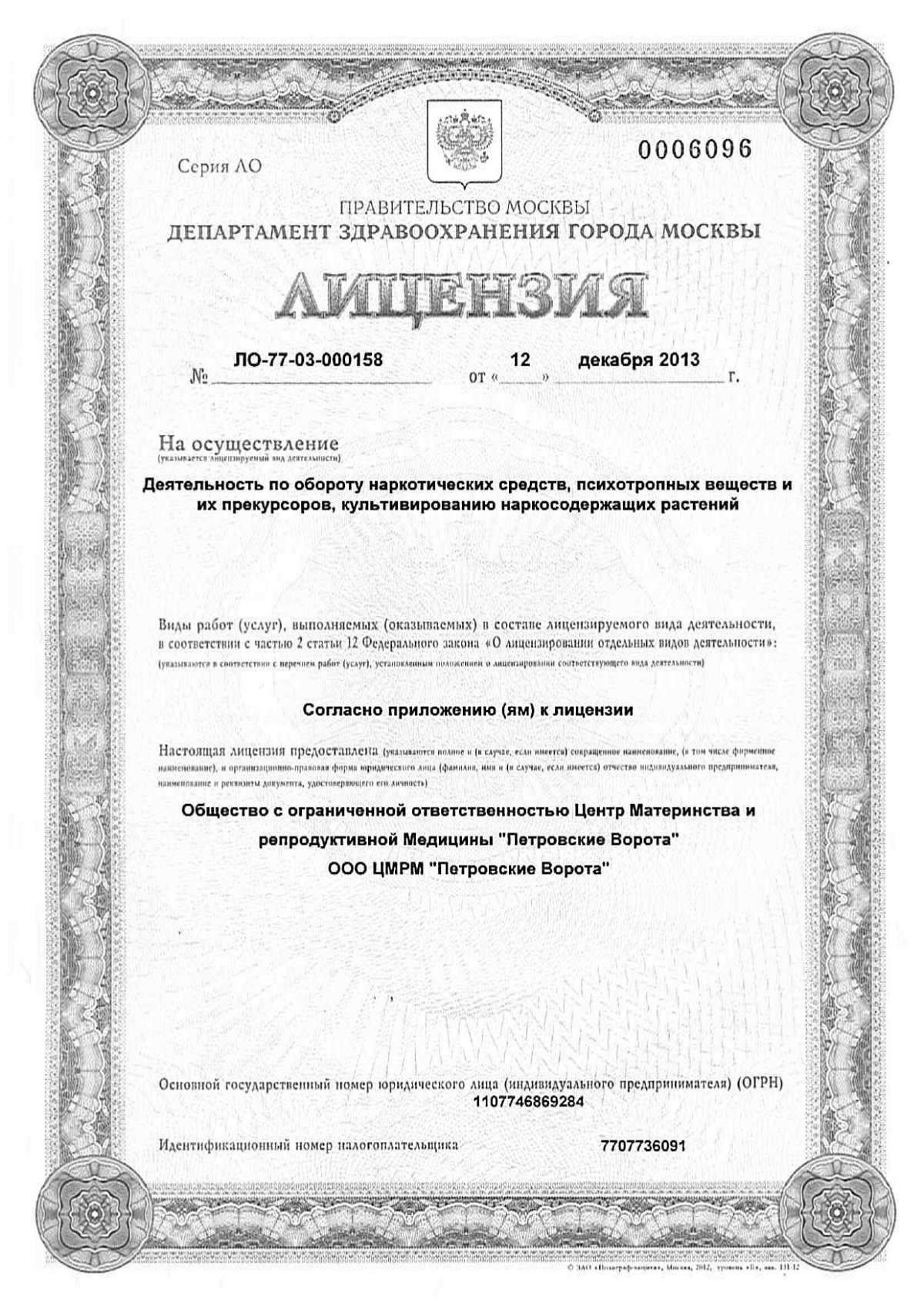
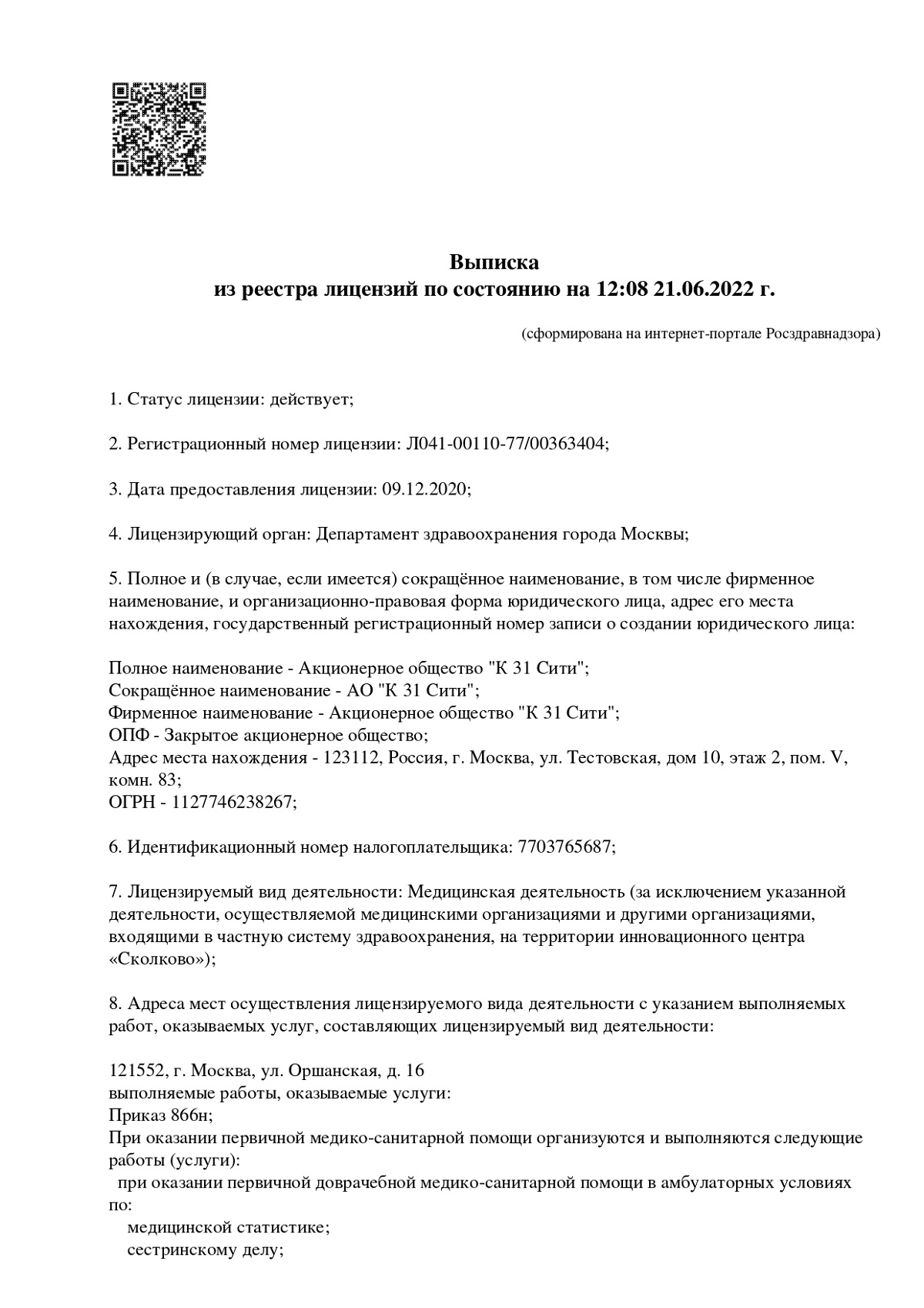
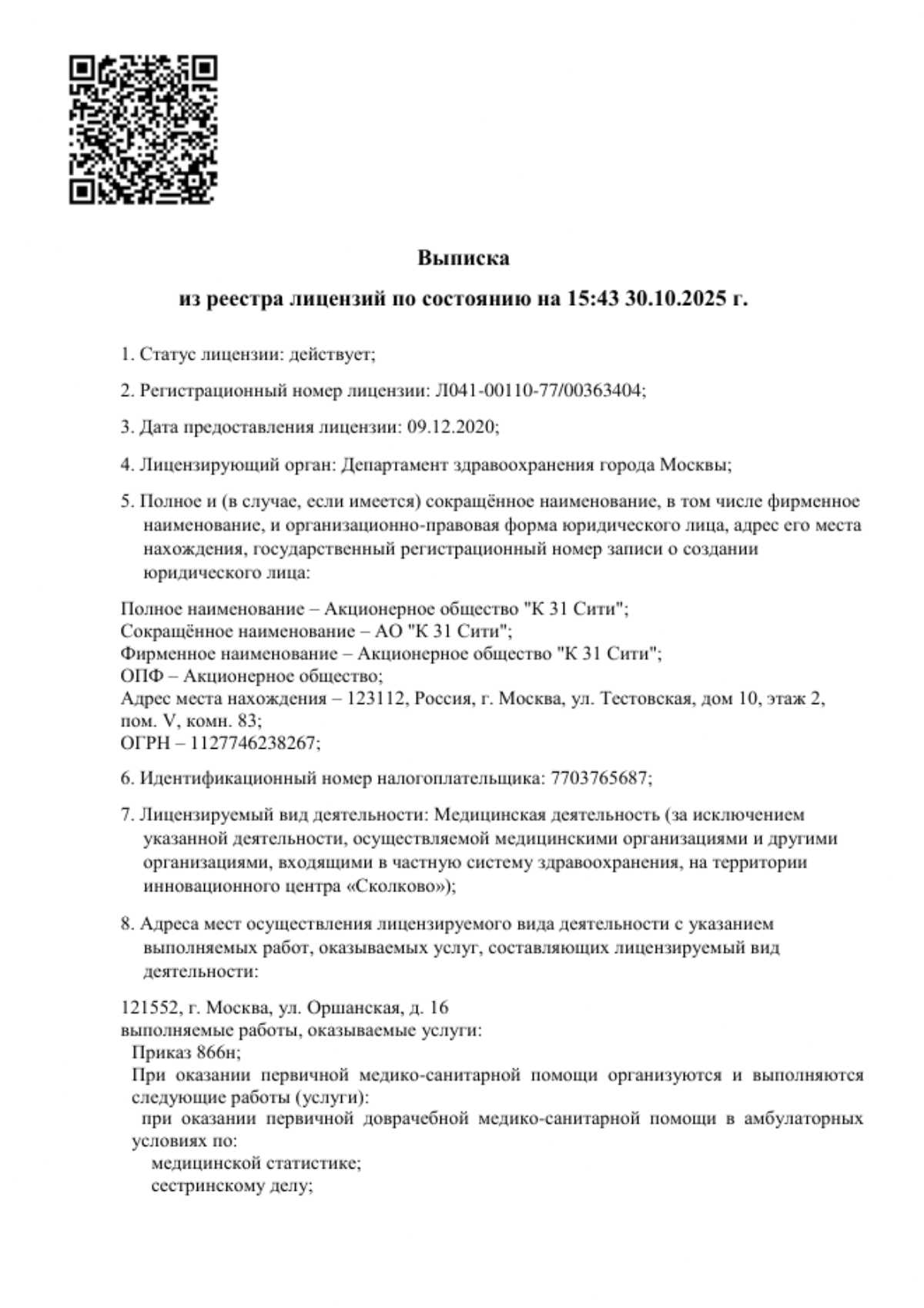
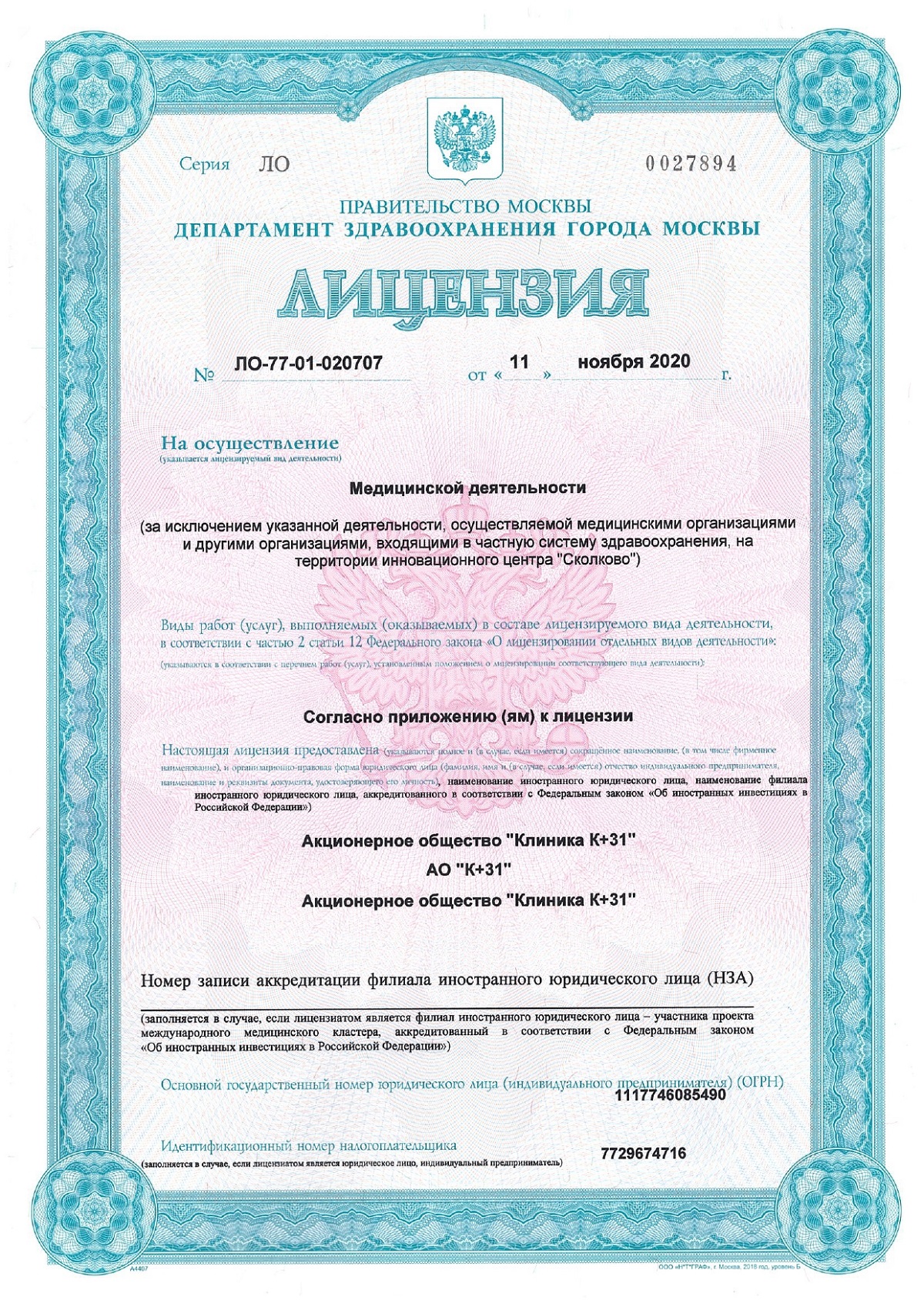
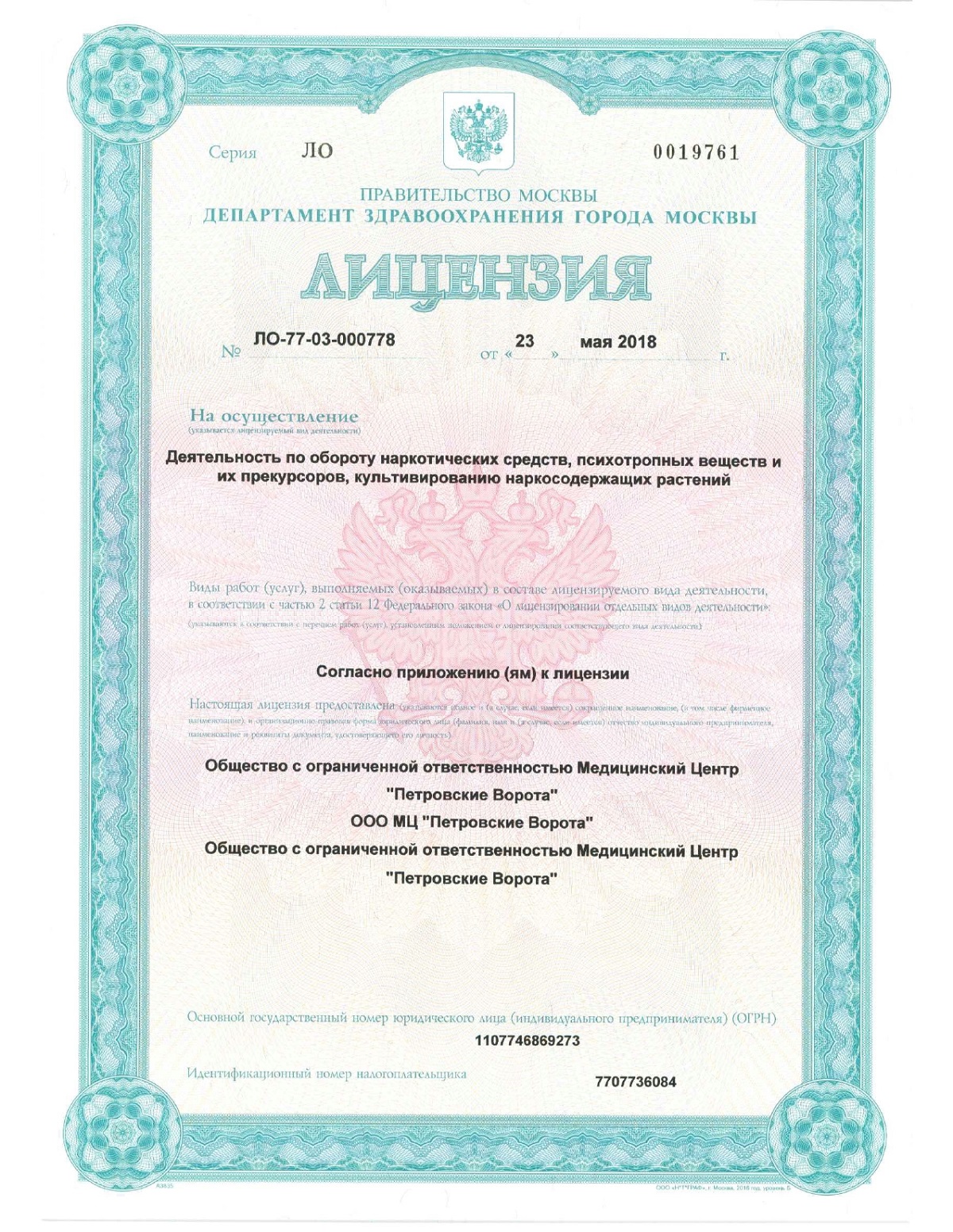
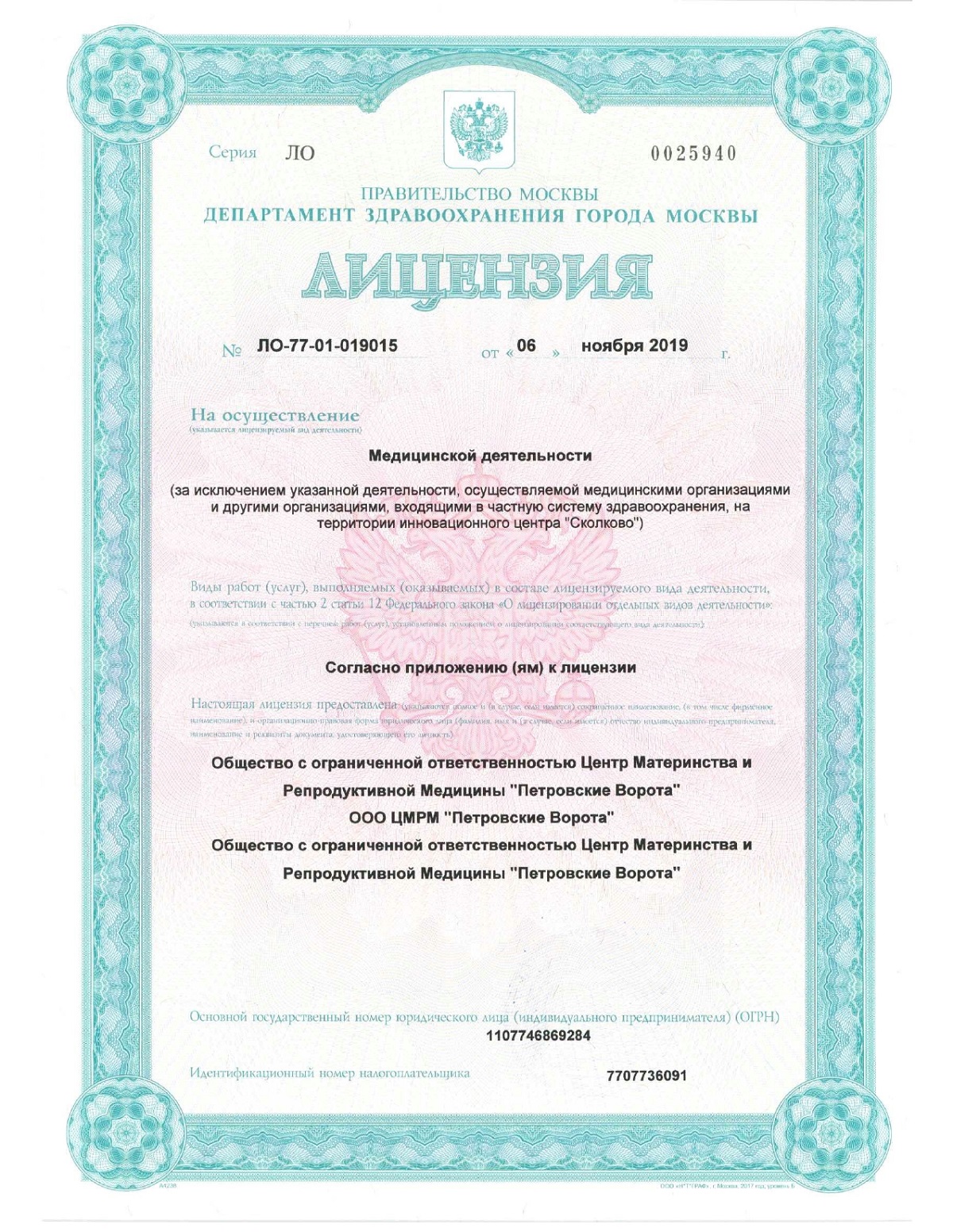
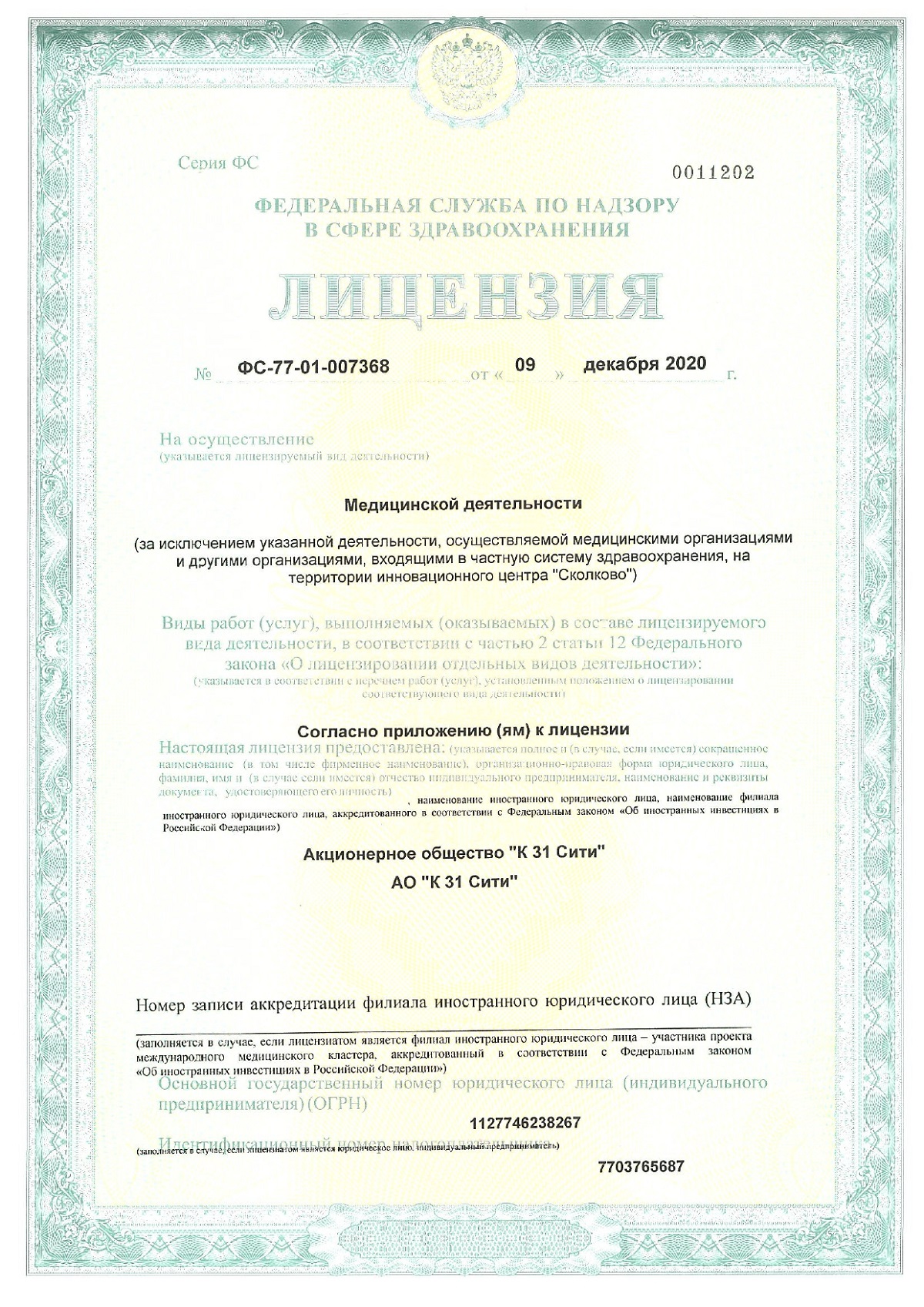



Why do septoplasty?
Nasal breathing is something we don’t notice when everything is fine. However, even a small difficulty leads to to a decrease in quality of life, performance, and mood. In addition, it leads to the development of a pathological process such as in the paranasal sinuses, and subsequently in other organs and systems, primarily in the bronchopulmonary.
Septoplasty is the most effective method of correcting an anatomical defect, facilitating breathing, reducing the number of diseases of the ENT organs, preventing hypoxia, preventing hearing and smell loss and other conditions caused by a deviated septum.
For minor cartilage deformations, laser nose surgery can be performed. In more complex cases, especially when removal of fragments of bone and cartilage tissue is required, endoscopic septoplasty is used.
Surgical correction of the nasal septum is carried out using modern equipment, and effective rehabilitation methods are used. In our clinic, all operations are performed safely and painlessly for the patient.